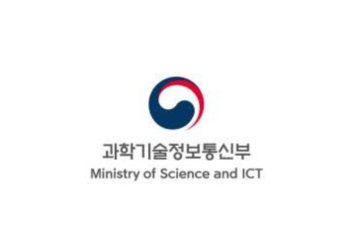As part of the Korean New Deal Comprehensive Plan, South Korea’s Ministry of Science and ICT had been heading the Digital New Deal since last year. South Korean President Moon Jae-In previously stressed that the Digital New Deal’s primary goal is to aid the country’s transformation into a leading economy.
To this end, South Korea vowed to put digital technologies and related innovations at every industrial field’s forefront. Due to the COVID-19 crisis, people promptly adopted remote work environments and non-face-to-face measures for added safety.
Advancing the Local Digital Transition
In addition to helping people adjust to new norms, the Digital New Deal extensively advanced digital innovation and other interrelated technologies, including artificial intelligence (AI) and big data. In response, various ministries pledged a commitment to foster information and communications technology (ICT).
As a result, these ministries became the driving forces behind South Korean companies. In particular, they enabled domestic companies to succeed in increasingly competitive international markets. These ministries also aim to cultivate the local digital transition and dynamism.
Since its launch, the Digital New Deal had been showing promising results across various societal sectors. As a strategic and preparatory investment, it accelerated South Korea’s plan to become a world-leading digital economy. The Digital New Deal also enhanced the country’s digital capabilities in preparation for the post-pandemic era.

AI-Learning as Post-Pandemic Preparation
Data Dam, the Digital New Deal’s core component, is one of South Korea’s most significant assets in the digitalization era. Moreover, the Data Dam project aims to establish more job opportunities by improving existing industries and developing innovative services.
Data Dam also collects data from participating public and private networks, including bio, finance, manufacturing, medical, and more. After gathering data, Data Dam standardizes and processes information, utilizing them to create better intelligent AI systems.
Then, the Data Dam project merges the accumulated data, using them for AI-learning. The data collection also enables companies to establish a nationwide, 5G network-connected AI database, increasing corporate competitiveness and productivity.
Data Dam’s primary objective, AI-learning, currently holds 190 data types, applying them to various sectors across businesses and society. Furthermore, Data Dam offered its large-scale data to develop intelligent digital infrastructures.
Additionally, My Data, a Data Dam initiative, helps people manage diseases by using personal data from various industries, such as finance and healthcare, directly easing daily lives. My Data also offers consumer secretarial services, promoting smart consumption through data analysis from card records and local mobile carriers.







